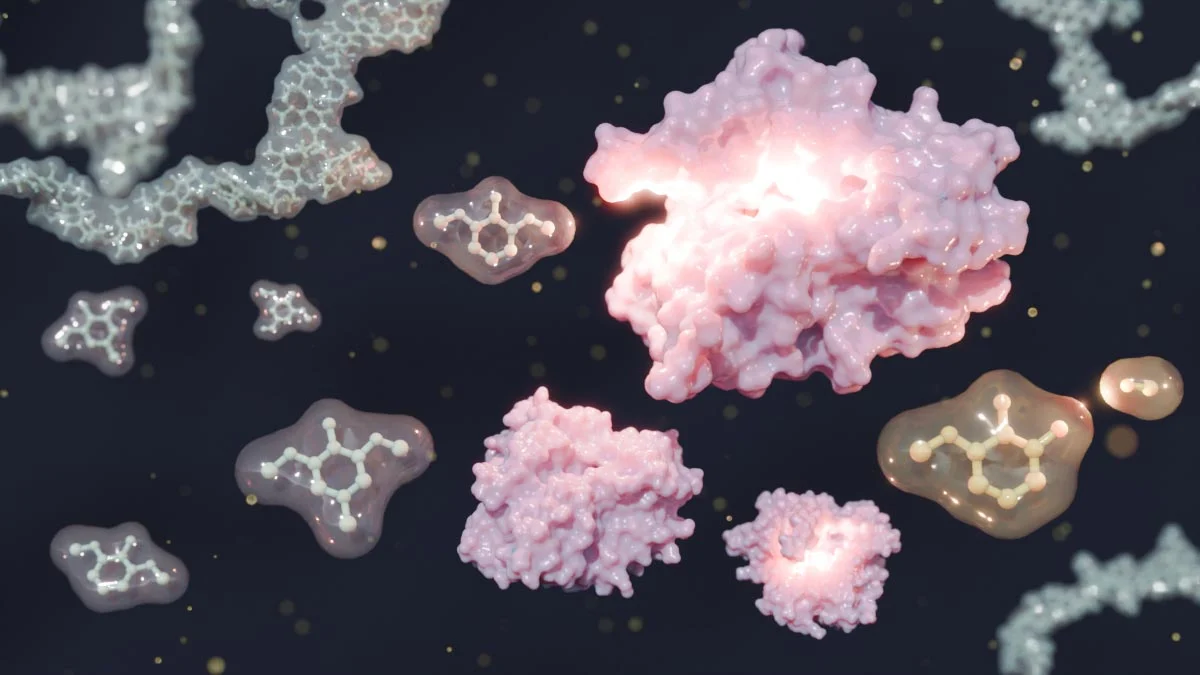Credit: Ehsan Faridi/ Inmywork Studio/ Chundawat, Lee and Lam Labs
The Magic Behind Growing Plants
Imagine watching a plant build its own defenses right before your eyes. Sounds like something from a sci-fi movie, doesn’t it? But this is exactly what scientists have achieved for the first time ever. They’ve observed living plant cells constructing their own protective cell walls in real time. This discovery isn’t just mind-blowing; it opens up an entirely new chapter in plant biology and agriculture, potentially transforming how we grow and sustain crops.
What Are Plant Cell Walls and Why Are They Important?
Think of a plant’s cell wall as a suit of armor—rigid, protective, and vital to its survival. These walls help the plant maintain structure, regulate what enters or exits, and protect it from external threats. But how exactly are these walls built? For decades, scientists have only guessed how plants create these crucial structures. Now, with real-time imaging technology, researchers have finally observed the entire process.
The Groundbreaking Discovery: Watching Cells Build Their Own Walls
Using advanced imaging techniques, scientists from Rutgers University-New Brunswick tracked living plant cells as they built their cell walls. The researchers were able to capture the step-by-step creation of cellulose fibers that form the plant’s walls, offering unprecedented insights into how plants grow at the molecular level.
A time-lapse video showing Arabidopsis cells generate cellulose fibrils. Video courtesy of Lee Lab
This ability to monitor the process as it happens in living cells is a monumental leap forward. The team discovered that these cellulose fibers were secreted and assembled in real-time, creating layers that would eventually form the rigid yet flexible barriers protecting the cells. It’s like observing the delicate choreography of a dance where every step is critical to the final formation.
What Does This Discovery Mean for Agriculture and Biotechnology?
This revelation has significant implications for the future of agriculture. By understanding how plants build their cell walls, researchers could develop crops that are more resilient to environmental challenges like drought, pests, or diseases. Furthermore, these insights could help design plants with more efficient cell wall structures, making them ideal for biofuel production or plant-based materials.

Artistic rendering of cellulose regenerated on the plant protoplast cell surface. Cellulose is synthesized by plasma membrane-bound enzyme complexes (green) and assembles into a microfibril network (brown), forming the main scaffold for the cell wall. Ehsan Faridi/ Inmywork Studio/ Chundawat, Lee and Lam LabsFor biotechnology, this could mean innovations in producing stronger, more durable materials, opening doors to sustainable alternatives in various industries.
How Could This Impact the Future of Crop Engineering?
With this new understanding, scientists can now begin to manipulate the plant growth process more precisely. Whether it’s creating more efficient crops or enhancing plant resilience to extreme conditions, the potential is enormous. Imagine a world where we can grow crops that require fewer resources yet offer higher yields—this discovery brings us one step closer to that future.
What do you think this discovery means for the future of agriculture?
Join the conversation by leaving a comment below or sharing this post with fellow science enthusiasts!










